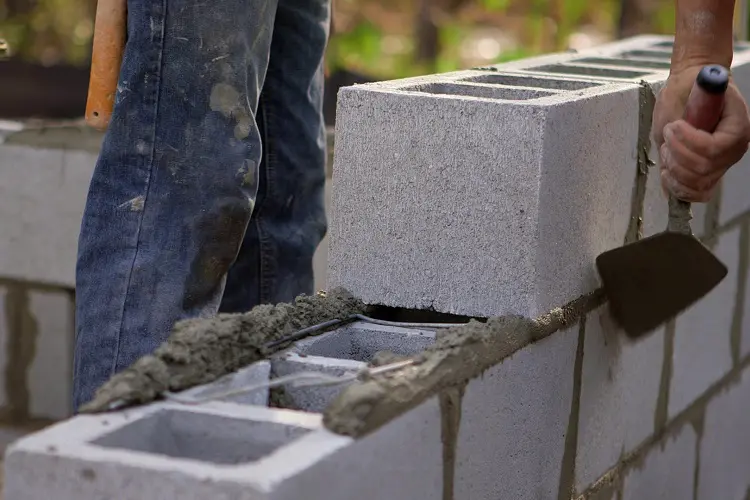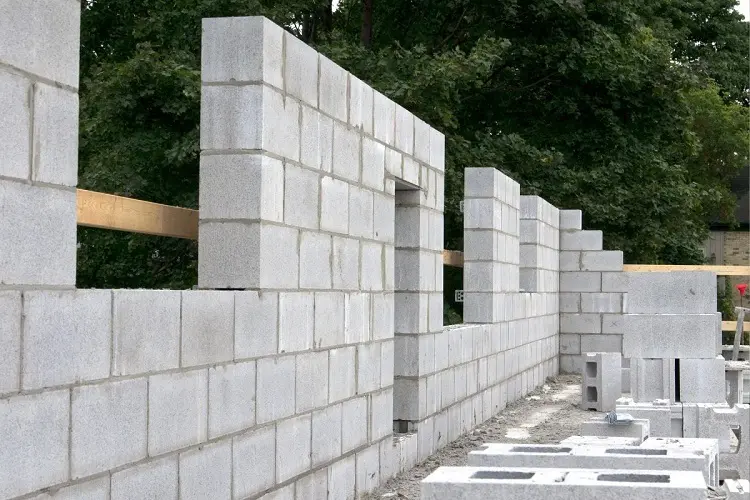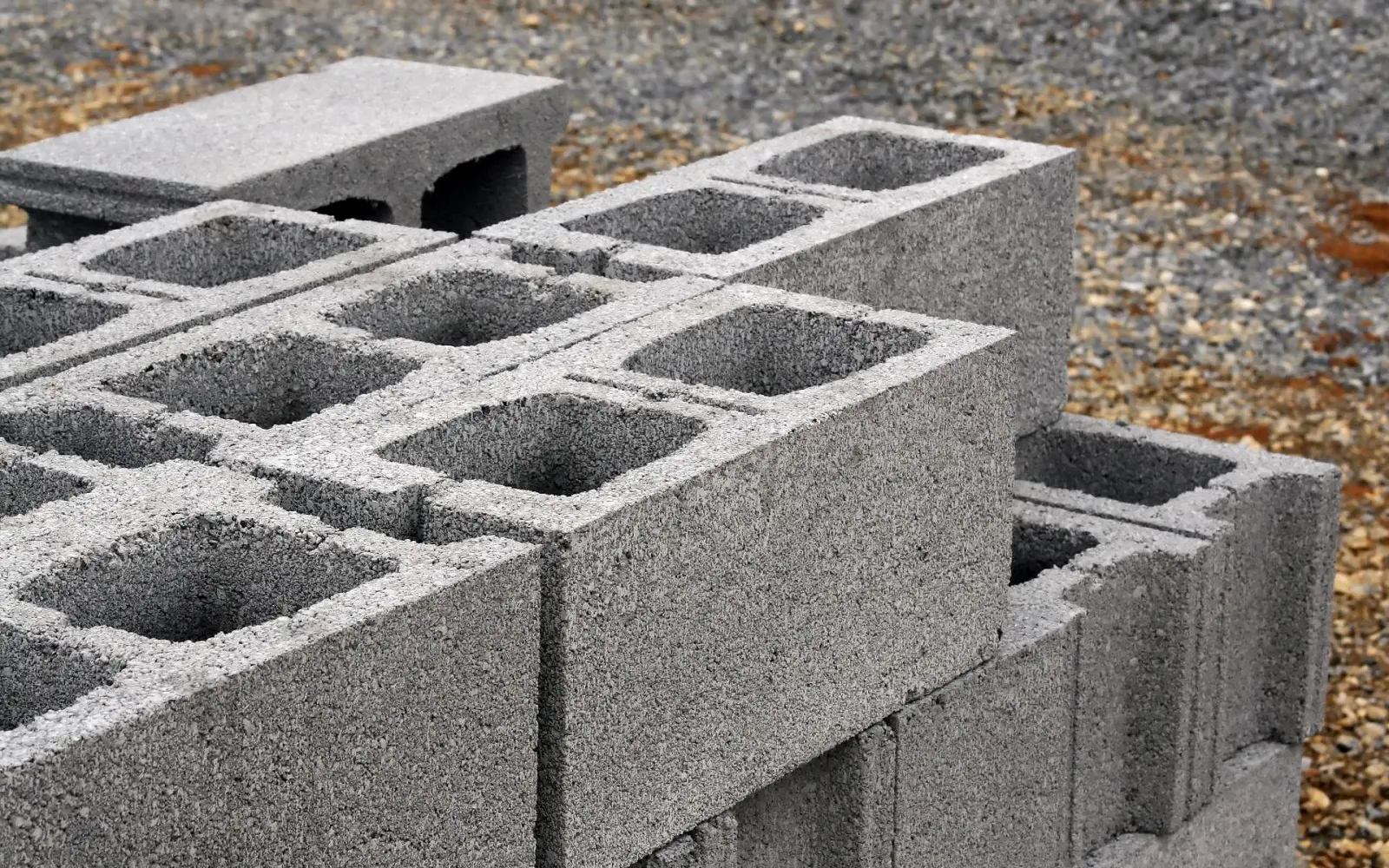You have decided to build a house, and your choice is a cinder block? That’s great! This is an incredibly versatile building material.
In recent years, builders have often used cinder blocks in house building. And they also use it in other building projects. All because they are solid and durable.
You can buy them in a variety of sizes and shapes. But one factor remains the same: how much does a cinder block weigh?
We understand how important it is to know the weight of materials used in various building projects. That’s why we’ve done the research and prepared this comprehensive guide.
Read on to learn more about cinder blocks and the weight associated with them! In this article, we will look at how much a cinder block weighs.
Also, we will discuss the standard sizes of these masonry products. You will want to get this vital information about cinder blocks that will make your job easier.
Standard Cinder Block Sizes and Their Weights
Cinder blocks are a cheap yet reliable building material. It provides design versatility, which means you can use it in masonry.
Frequent projects where you can use cinder blocks include:
- retaining walls;
- foundations;
- chimneys;
- yard;
- and more.
The standard size of cinder blocks determines the stability of a project. Thus, you must consider the size and how much a cinder block weighs. Only then can you choose the same construction materials.
Prefabricated concrete blocks come in a variety of sizes. Manufacturers measure each size by length, height, and depth.
In the United States, common sizes are:
- 8 x 2 x 16.
- 8 x 4 x 16.
- 8 x 6 x 16.
These are the most common sizes. Of course, others are more suitable for specific projects.
Now, how much does a cinder block weigh?
Generally, the weight of each size is also standardized.
- The weight of an 8 x 2 x 16 cinder block is approximately 33.1 pounds (15 kg). It is the lightest cinder block size and is widely used in retaining walls and other projects.
- The weight of an 8 x 4 x 16 cinder block is approximately 47 pounds (21.3 kg). This site is famous for various construction projects, including foundations, chimneys, and walls.
- And lastly, the 8 x 6 x 16 cinder block weighs around 60 pounds (27.2 kg). This type of cinder block is used for structural purposes. You can find it in a variety of projects that need extra support.
Are There Exceptions?

In general, the weight of cinder blocks that we discussed above applies to most brands and manufacturers. However, there may be slight deviations from manufacturer to manufacturer.
For example, when you specify how much a cinder block weighs, the manufacturer may note that the weight depends on how it is made. Some manufacturers produce cinder blocks that weigh more than the above.
For example, expanded clay concrete cinder blocks usually weigh more than traditional solid options.
It is because they contain a higher percentage of cementitious material and other aggregate components. In this case, you should consult with them about the exact weight of the material used in your project.
If the cinder block is filled with concrete, the answer to how much a cinder block weighs will also be different.
Its weight will be much higher. Concrete-filled blocks can weigh up to 75 pounds (34 kg).
It is not as common as standard cinder blocks, but it is used in some projects for added strength or insulation.
Why Does It Matter?

Knowing how much a cinder block weighs is essential for several reasons.
- First, it will allow you to calculate how many blocks you should use. You can calculate exactly how many blocks you need for your project.
- Knowing how much a cinder block weighs also helps determine another thing. You will learn how much material you can move at a time. And you will also calculate the effort to lift or transport it.
- Also, knowing how much a cinder block weighs will help you determine how much mortar to use when laying each row of blocks in a project. Understanding the bearing capacity of cinder blocks is also necessary when planning construction projects.
FAQ
What is the weight of a standard cinder block?
A standard 8x2x16 cinder block weighs approximately 33.1 pounds (15 kg). It can vary slightly from producer to producer. And it differs depending on the type of concrete block used.
How many cinder blocks do I need for my project?
The number of cinder blocks needed for your project will depend on how large, how much weight you need to support, and how tightly you want to stack the blocks.
You must consider all these variables when calculating the number of blocks you need. It is best to consult with a professional who can help you determine how many blocks you need.
What is the load-bearing capacity of cinder blocks?
The load-bearing capacity of a cinder block depends on the density of its laying. It also depends on its weight.
Generally speaking, an 8 x 2 x 16 cinder block can support up to 350 pounds (158 kg). But for heavier loads, you may need a tighter stacking of blocks. This way, you will ensure that the structure is strong enough.
Can I use cinder blocks to build retaining walls?
Yes, you can use cinder blocks to build a retaining wall. But, you must consider the weight of each block and the density of the blocks when designing the wall. This way, you ensure its structural strength.
Conclusion
Now that you know how much a cinder block weighs, you can confidently choose the size and type that work best for your project. As we mentioned, precast concrete blocks come in various sizes and weights.
Knowing how much each block weighs will help you plan better. You will learn how much you need to buy and transport. This information will give you confidence that your project will be completed safely.
Remember, for your project to be done efficiently, you need to finish it efficiently! Make sure to finish the project beautifully.
Maybe paint it a bright color! Make sure it stands out for all the right reasons. And most importantly, enjoy your finished project—you worked hard to get here!
Congratulations on completing it.

